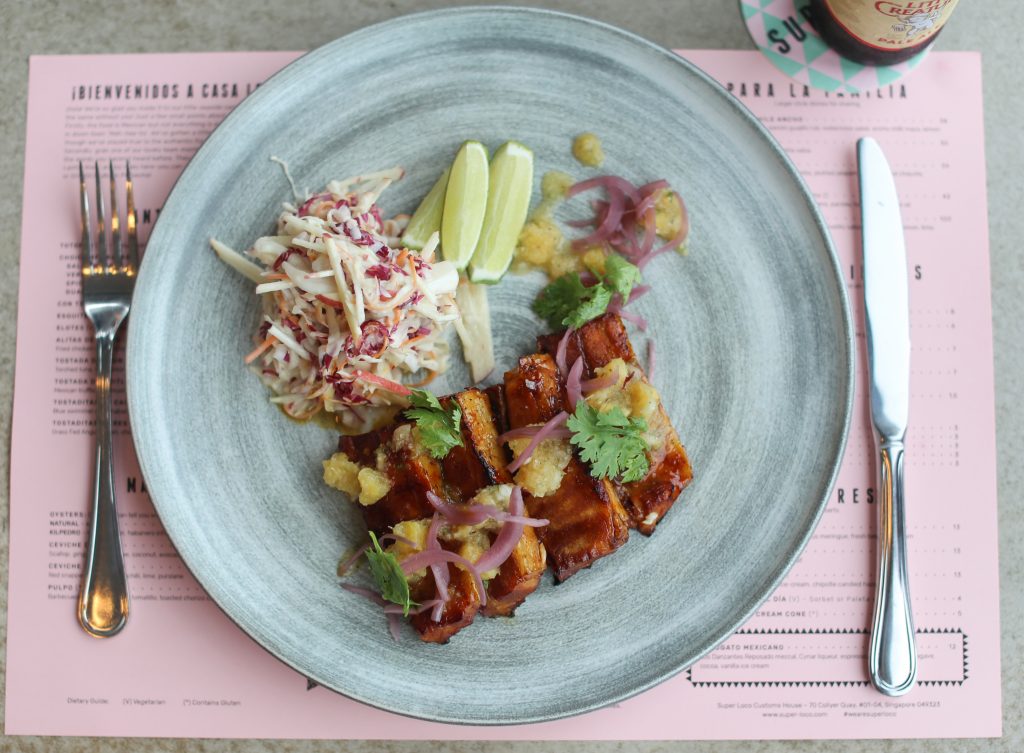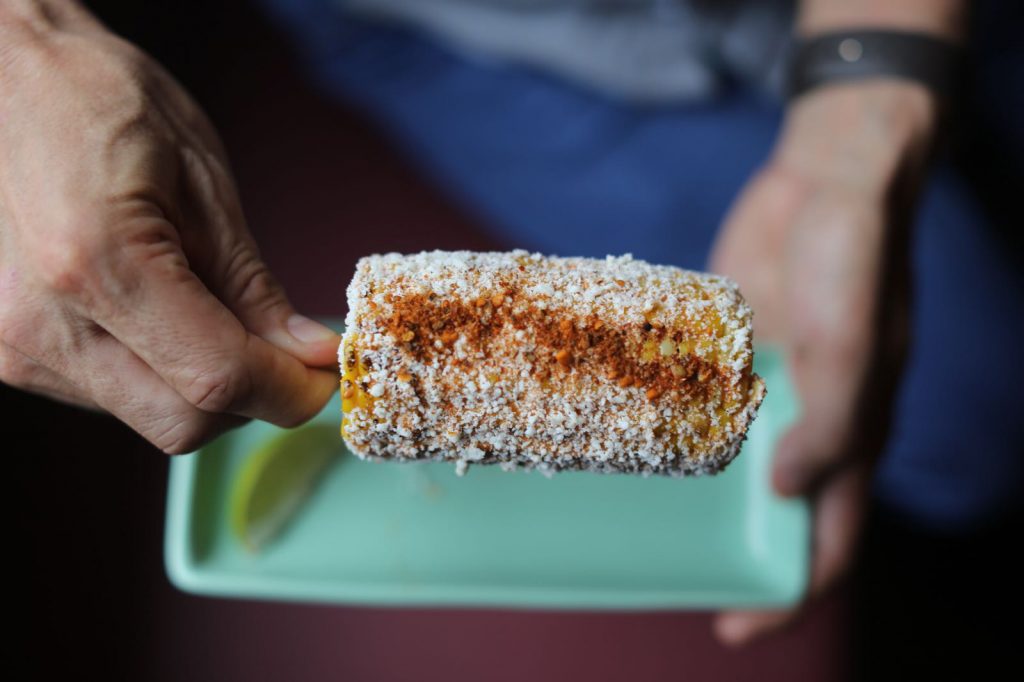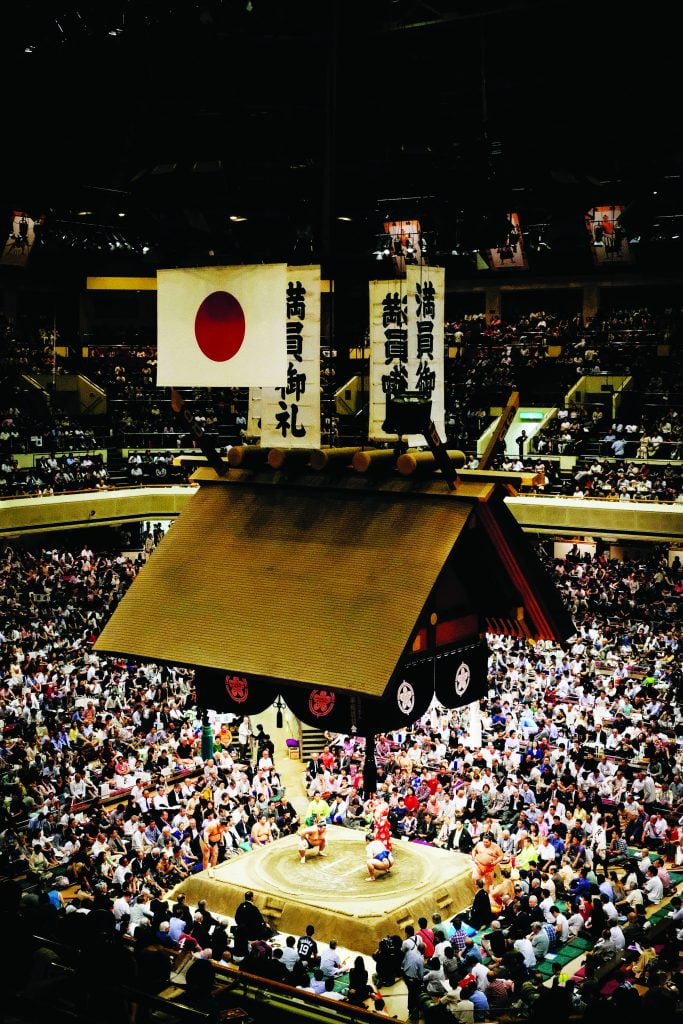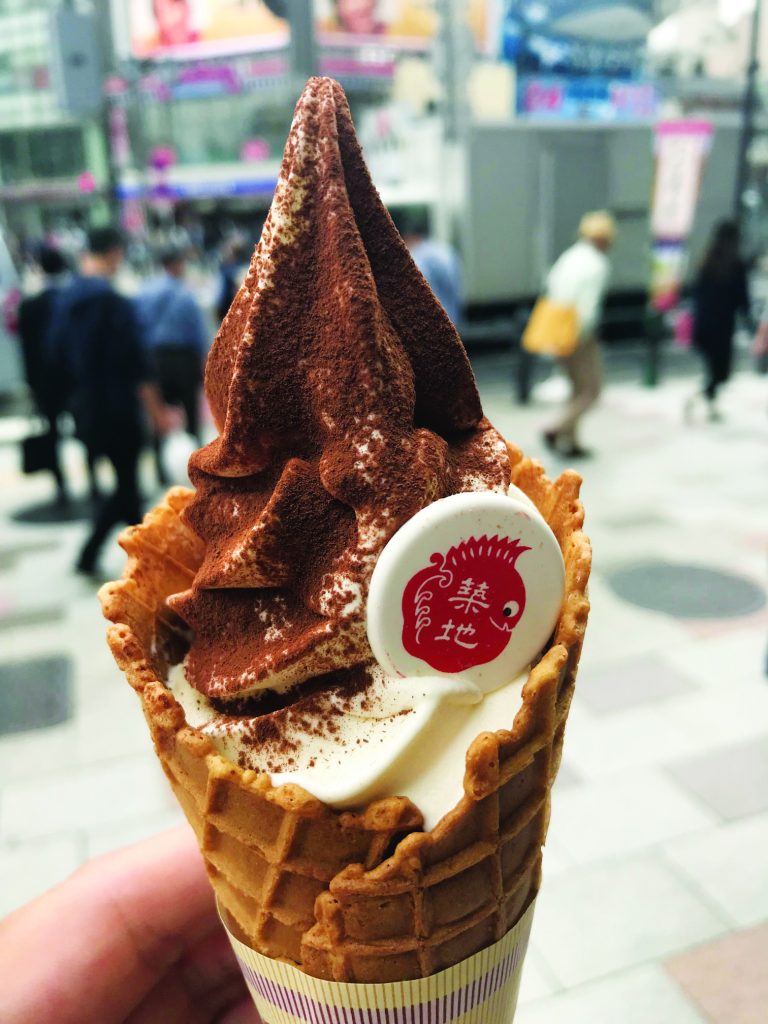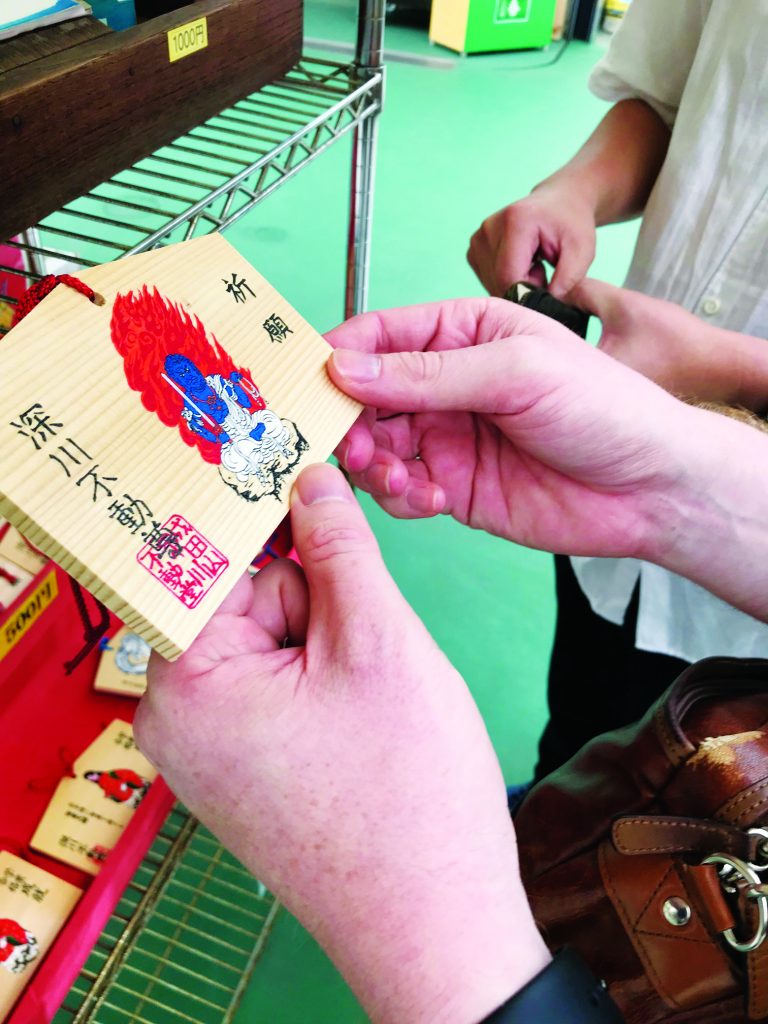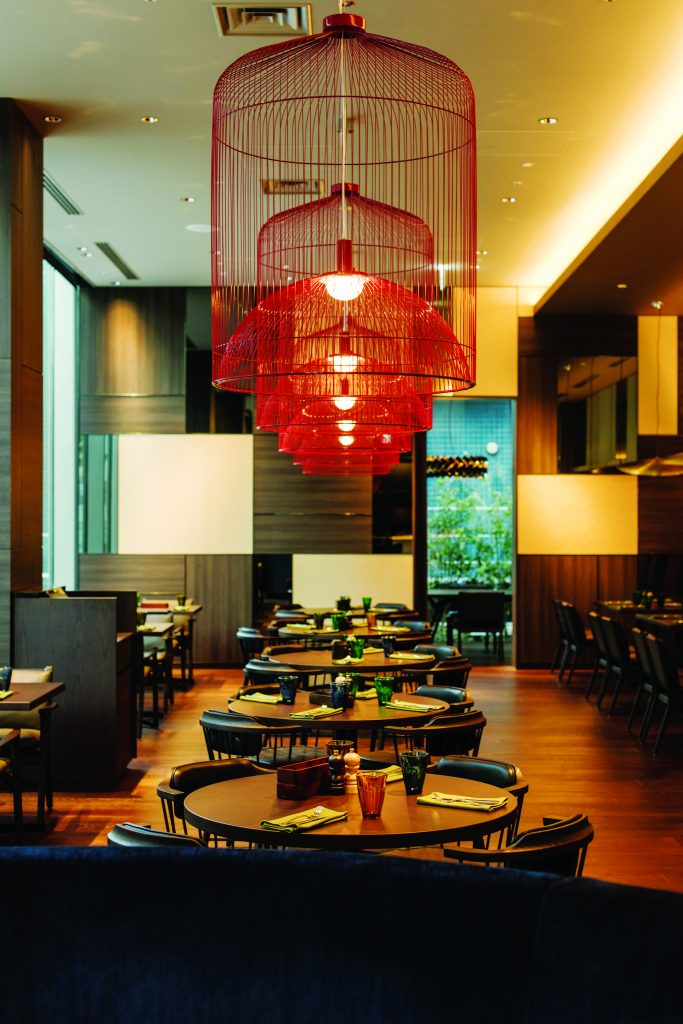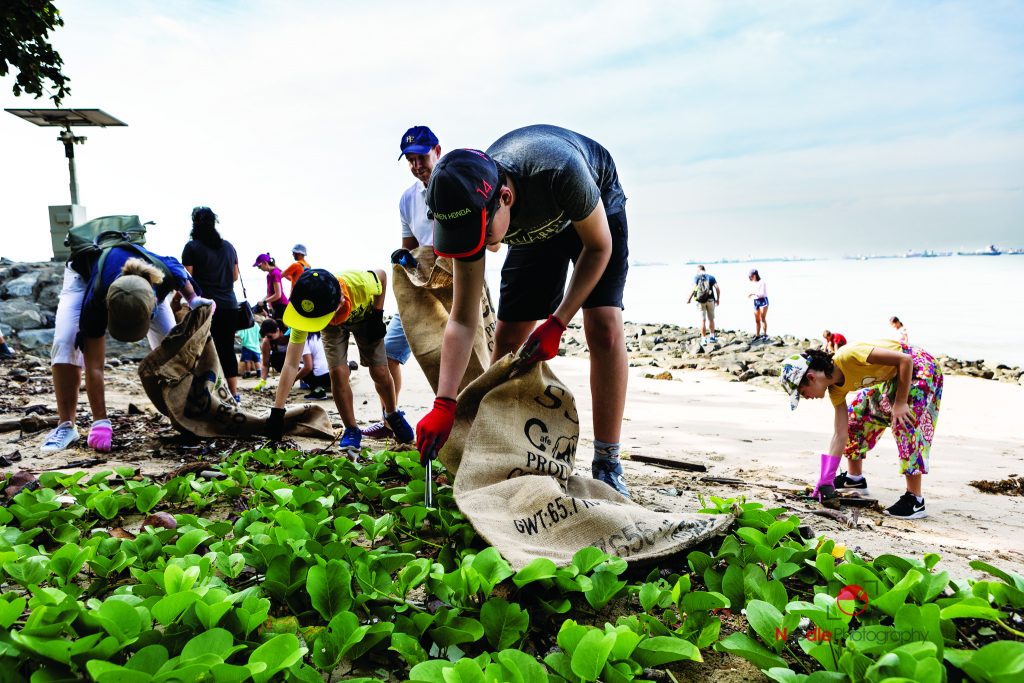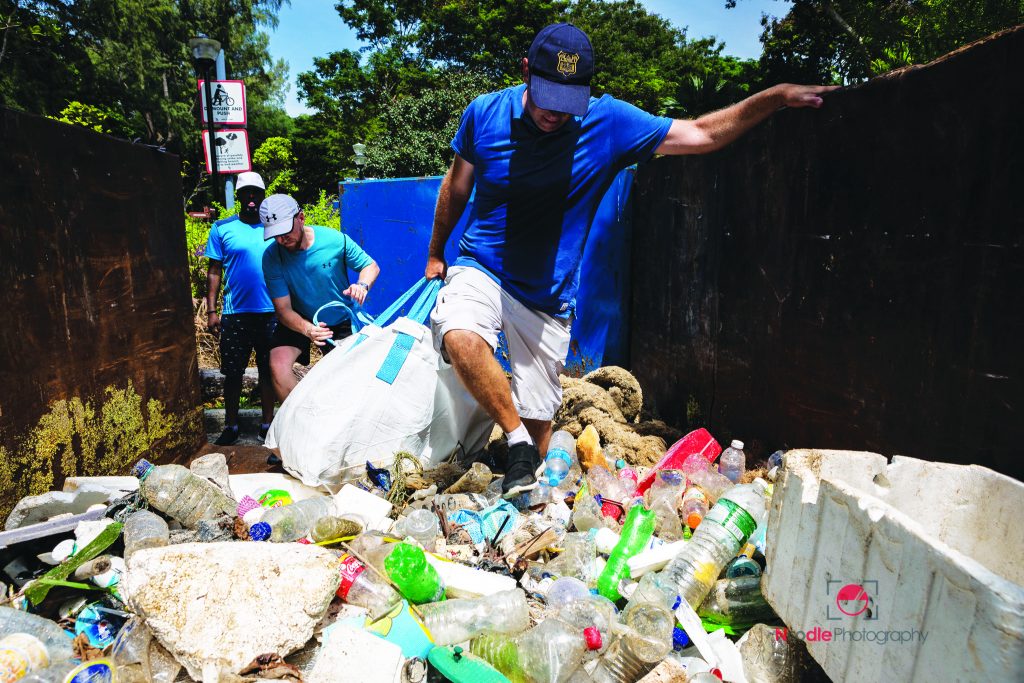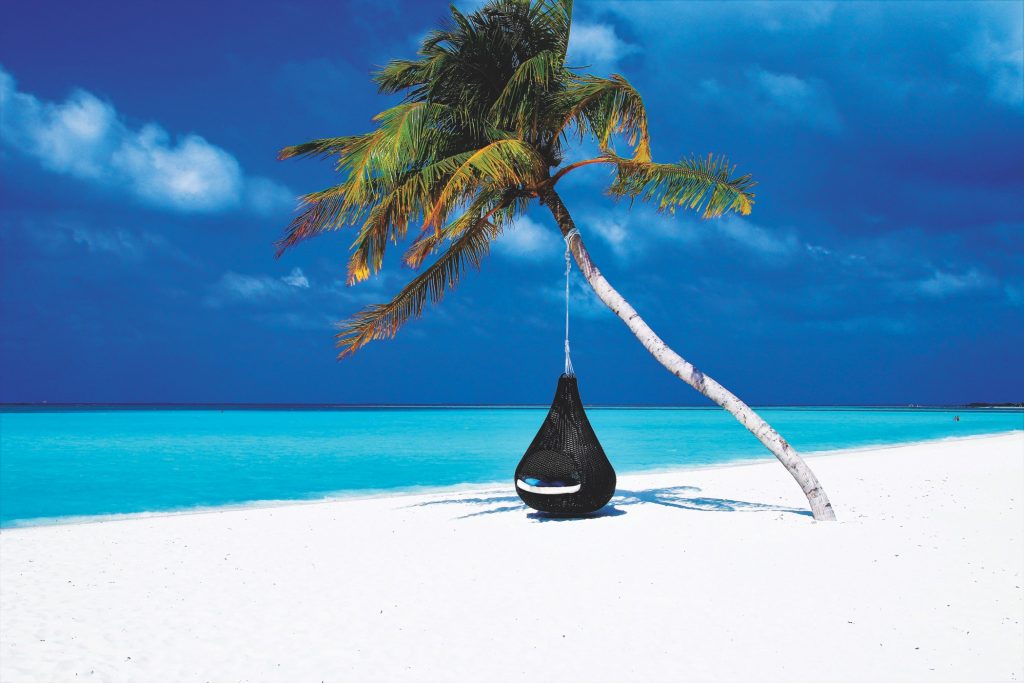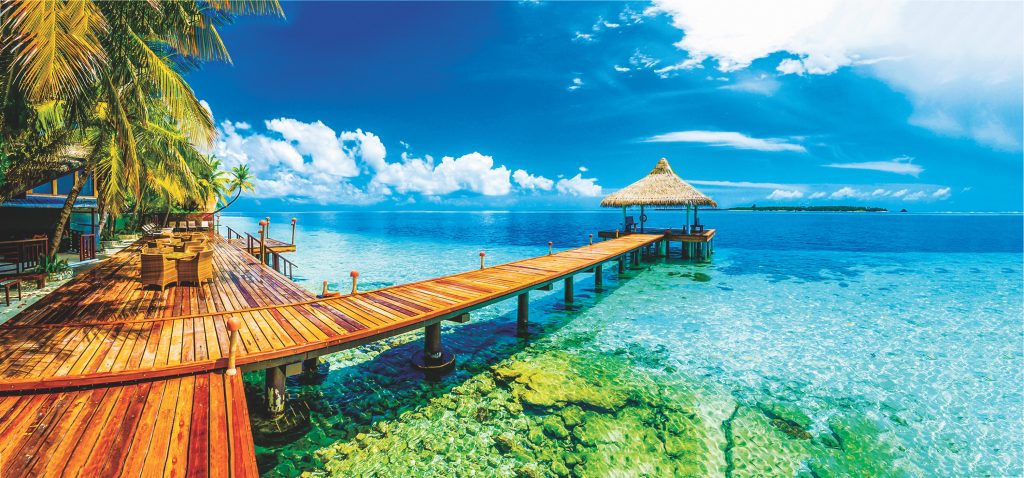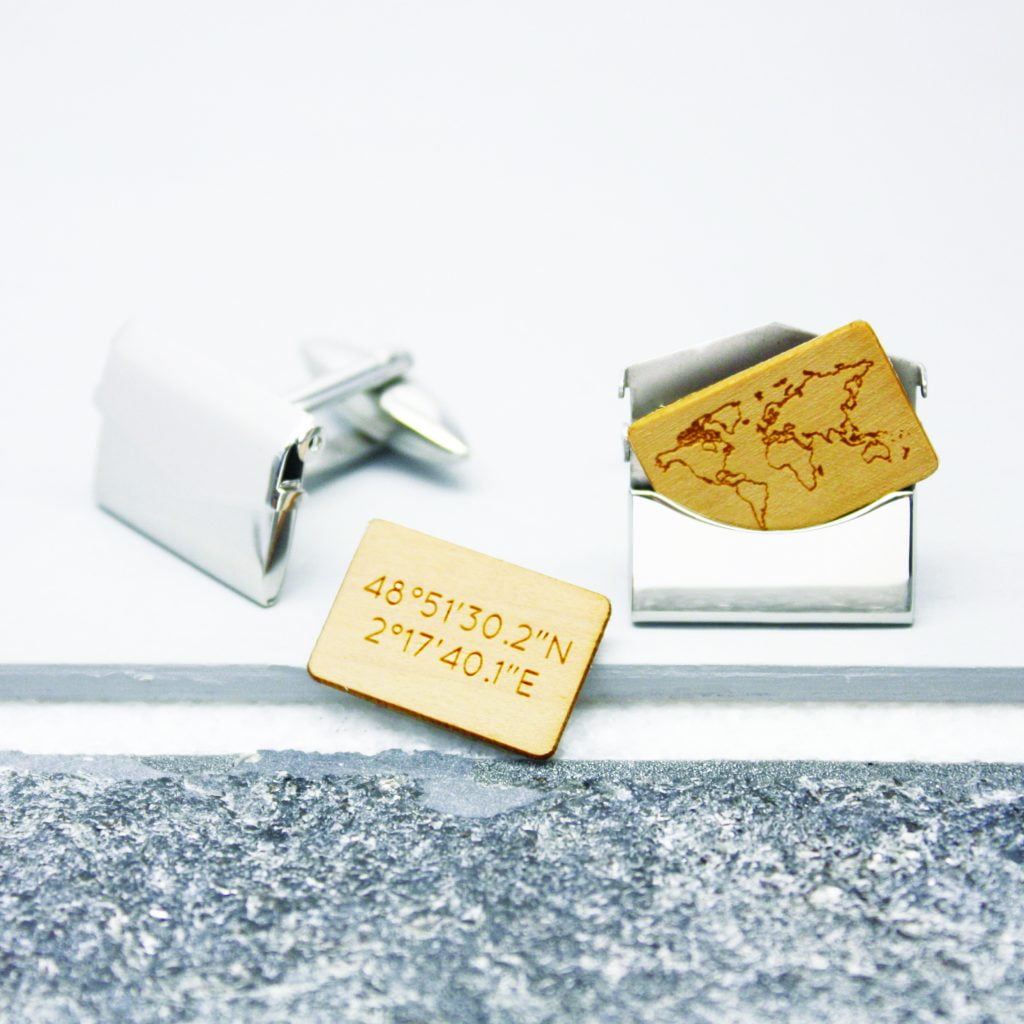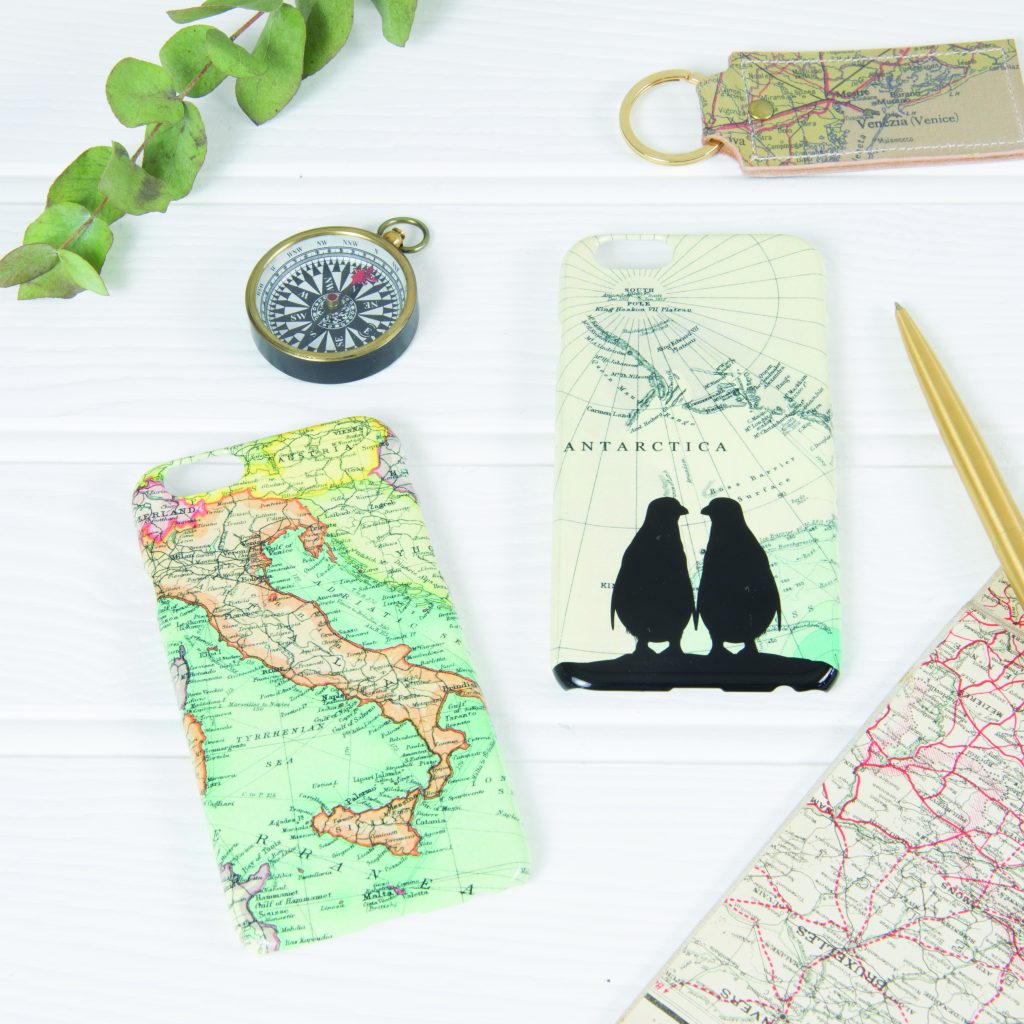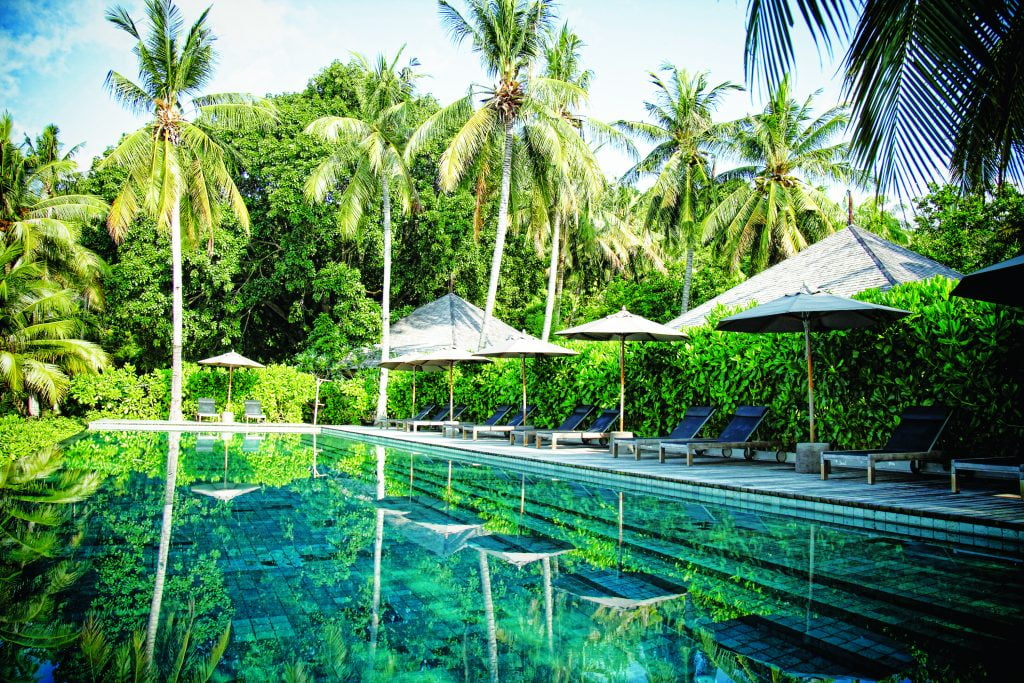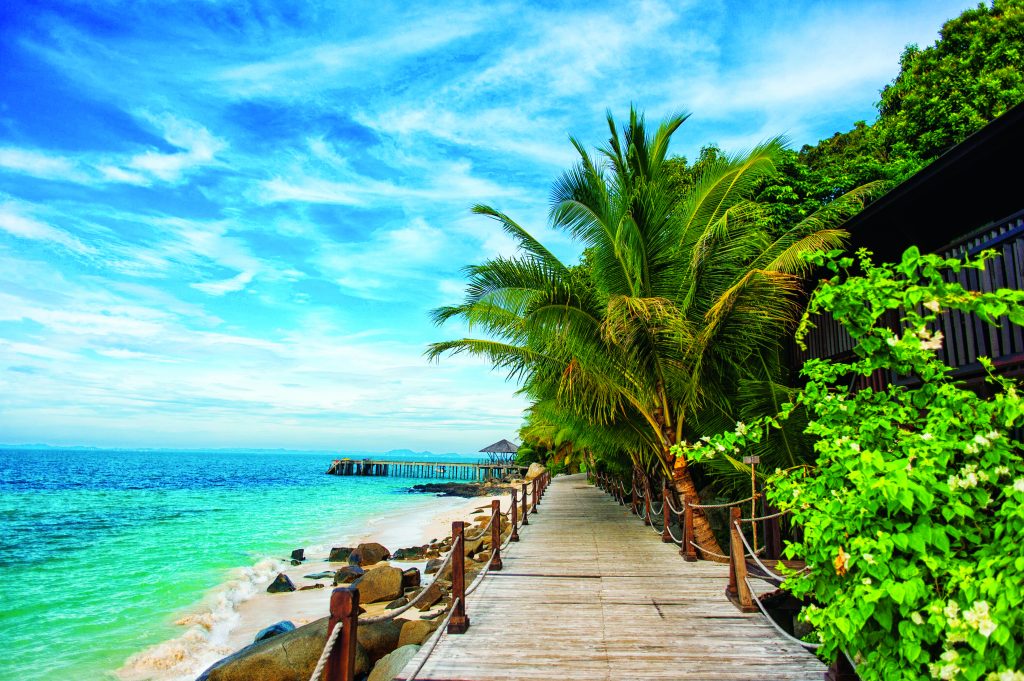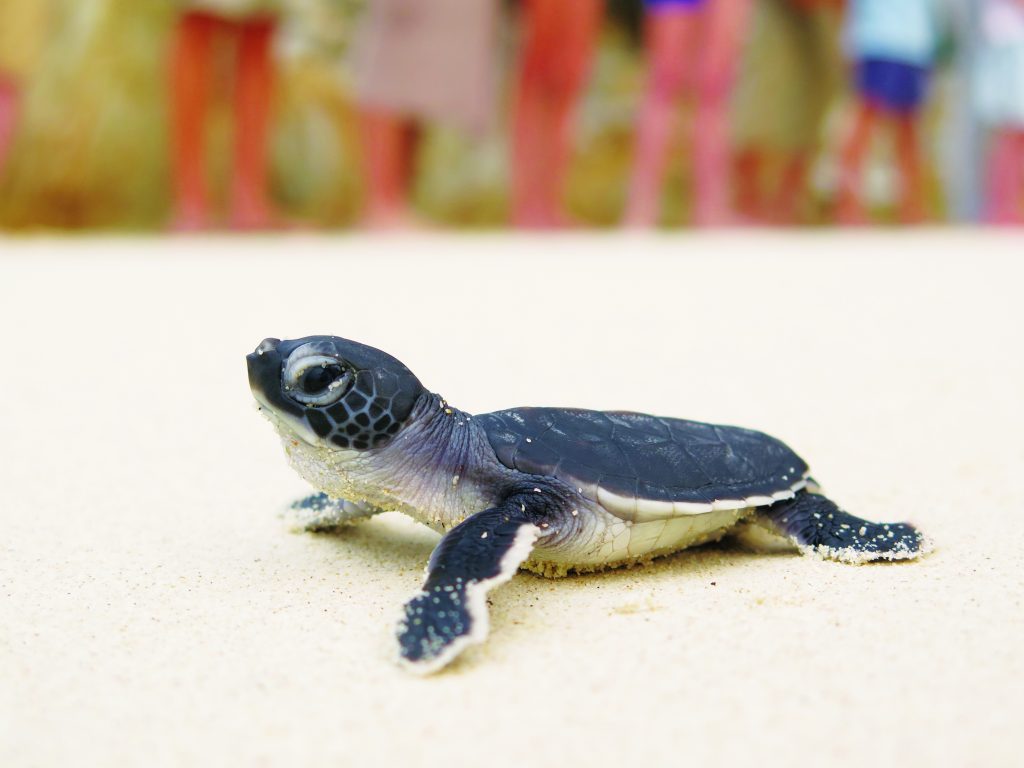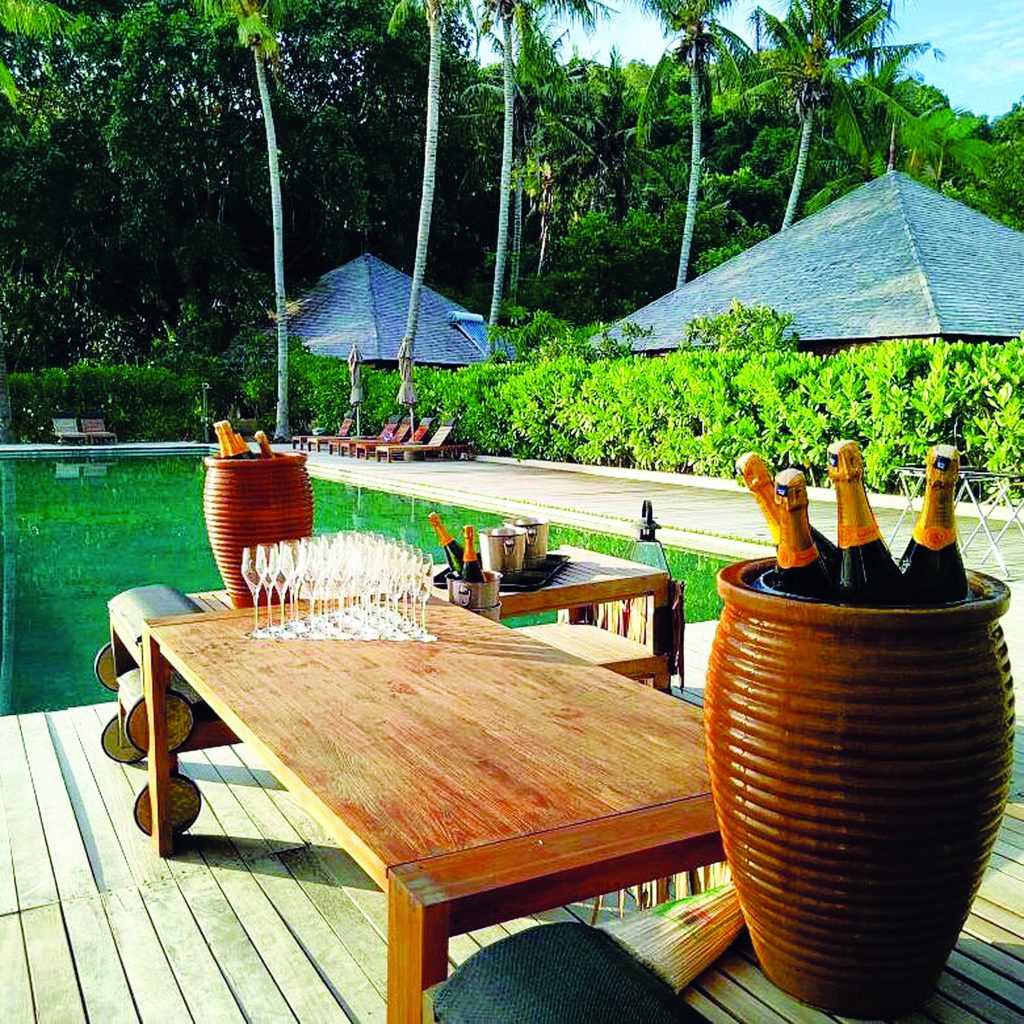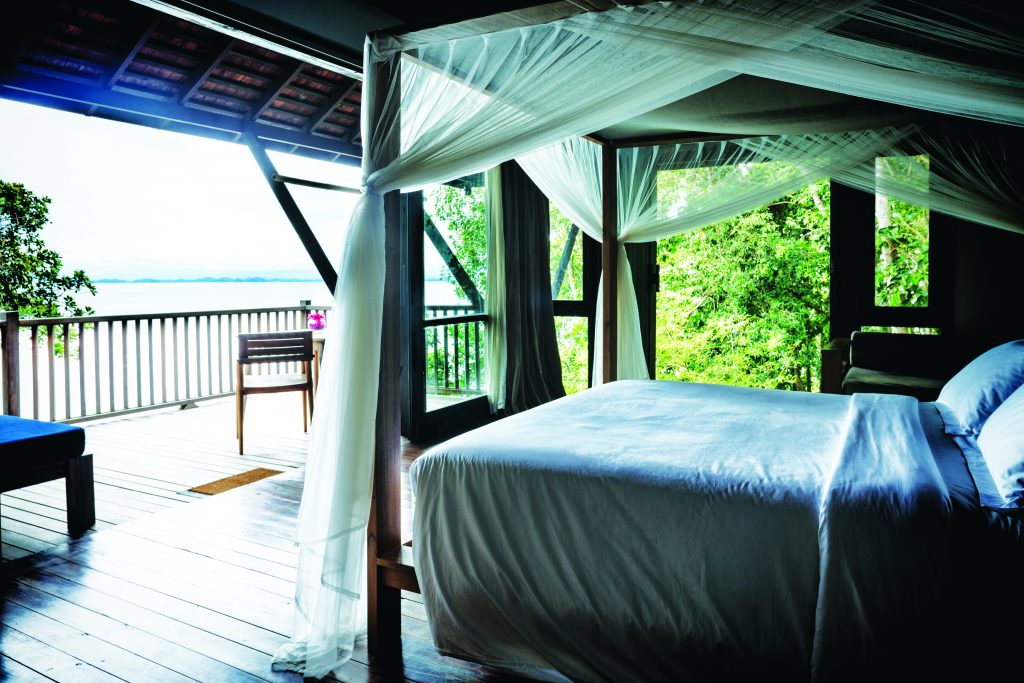- Sponsored Content
Planning a party, whether it’s for yourself or someone else, can be a daunting task. There are so many things to remember! Once you have sent out the invitations to all the right people, you have to make sure that the venue is booked (or the house ready), the food taken care of, the sound system working loud and clear, and the decorations purchased.
If your head is swimming just thinking about it: never fear. We have compiled this list of five tips that will help you plan your next party without fail.
1. Set your priorities
Don’t make yourself crazy trying to plan the party of the century. Set your priorities from the outset. You can consider asking yourself, what would you like to save the most of? Money, time or effort? You can operate on a smaller budget if you are willing to take on some DIY projects, like making the decorations yourself. However, this will certainly take more time and effort. Make a checklist based on your capacity, and this will keep everything else in focus.
2. Choose your theme
Choosing a fun theme for your party can help all the other pieces of the planning puzzle fall into place. For example, a ’70s theme will mean everyone shows up in costume and adds another layer of fun to the occasion. The music will be easier to select based on the era, the decorations will be narrowed down, and even the food can be tailored to your theme. A theme makes your life as a planner easier and helps your guests prepare too.
3. Make sure you have a quality sound system for your event
Your home system might sound good when you are listening to it on a Saturday night, but when your house is suddenly full of people, it might be drowned out by the frivolity. Or if you transport it to a larger venue like a hall, it might not be sufficient to fill the space. There is nothing worse than a party without music, or speeches that can’t be heard. Consider renting a portable PA system to ensure that your music and carefully planned out special words aren’t lost in the room. If you are going to be holding a few parties in the year, you could buy an affordable portable PA system – this will work out more cost effective than renting each time.
4. Find the right venue
Depending on how many people you want to come to your party, you need to make sure you find the right venue. A guest list of 100 might not be suitable for your living room or backyard, while it won’t be necessary to book a ballroom for your closest friends and family. Choosing a venue of the right size and function sets the mood of your party. You don’t want a space that is too full, or, even worse, too empty. When choosing a venue, you should consider factors such as noise, location, and cost.
5. Have fun
It’s not only the party that can be fun, planning can be too! Remember the special occasion you are celebrating and take joy in knowing you are bringing the celebration to life.
As you can see, planning a birthday or private party isn’t easy, but it’s certainly much easier if you follow these useful tips that will have your guest of honour smiling ear to ear on their special day.
This party planning tip is brought to you by musicshop.sg, Singapore’s online music and audio equipment store.




